These healthy legumes are derived from the herbaceous plant known as Phaseolus vulgaris in science. The kidney bean (rajma) is shaped like a kidney and has a thick skin that is reddish brown in colour.
Kidney beans are native to India and were introduced to the rest of the world by Portuguese traders in the 1500s. The name “kidney bean” comes from the shape of the bean and the traditional way they were eaten in Europe: boiled in a sauce made from beef kidneys. Kidney beans are a high-fiber food, and one cup of cooked kidney beans contains about 8 grams of fiber. Kidney beans are also a good source of folate, magnesium, potassium, and manganese.
The Indian dish of kidney beans cooked with spices and tomatoes is a favorite for vegetarians and non-vegetarians alike. Kidney beans are small and kidney-shaped, and the cooking process is much like that of black beans.
Rajma is a dish that can be served as a vegetarian main course or as a side dish. The kidney beans are cooked with tomatoes, onions, ginger, garlic, and a variety of spices such as cumin, coriander, turmeric, and cayenne. In India, kidney beans are eaten with rice or roti, and are considered a vegetarian staple.
Benefits of Kidney Bean (Rajma):
- Regulates blood sugar levels
- Cardiovascular Health
- Cancer Prevention
- Continues Weight Loss
- Bone Strengthening
Ingredients of Kidney Bean (Rajma):
Rajma
Cuisine of Kidney Bean (Rajma):
North Indian
Origin Country of Kidney Bean (Rajma):
Indian subcontinent
Other names of Kidney Bean (Rajma):
Red kidney bean
Storage of Kidney Bean (Rajma):
Best stored in a cool and dry place with the lid tightly closed.
How to cook Kidney Bean (Rajma):
- Sort dried beans and rinse them several times before soaking the required amount of rajma (kidney beans) in enough water to cover them.
Soaking time should ideally be 8 to 9 hours. - Once the beans have been thoroughly soaked, drain and rinse them several times to remove any remaining grit.
- Fill a pressure cooker halfway with rinsed and drained kidney beans.
- Stir in a few cups of water. Cook the rajma in a pressure cooker for 15 to 20 minutes.
- Meanwhile, chop 1 large onion, 2 large tomatoes, and make the crushed ginger-garlic-green chilli paste.
- When the pressure in the cooker has settled on its own, open the lid. By pressing a bean with your fingers, you can tell if the rajma is cooked or not.
- Drain the rajma beans and combine them with the masala.
- Cook for 1 minute, stirring occasionally. With steamed basmati rice, jeera rice, Roti, paratha, or naan, serve your rajma masal


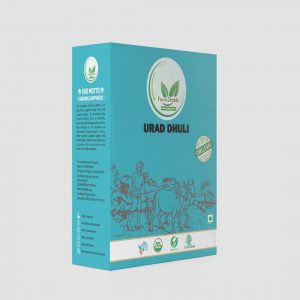

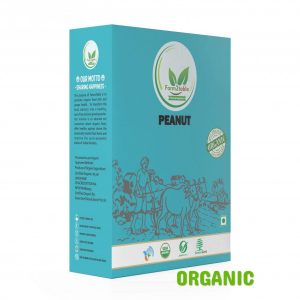
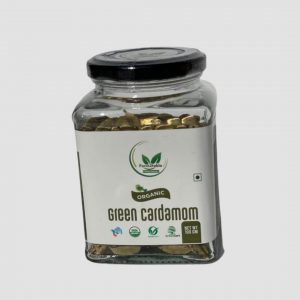
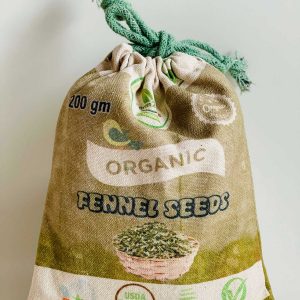
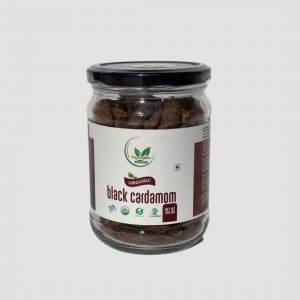
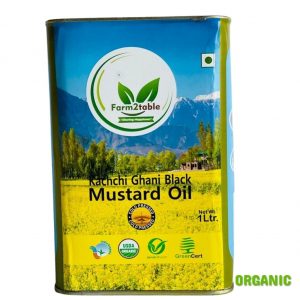
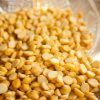
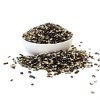
Reviews
There are no reviews yet.